A beetle biological control success story
The tamarisk is a gritty survivor, a tenacious shrub that evolved in the steppes of central Asia in dry conditions much like those of the American West. Introduced to the United States as an ornamental shrub, windbreak and erosion control device in the mid-1800s, the tamarisk (also known as salt cedar) rapidly expanded its range into riparian areas in the Colorado River Basin and immediately changed the basin’s ecology.
Tamarisk infestations also have the effect of increasing the alkalinity in the soil, making it more difficult for native plants to compete with the bushy shrub. It is a salt-tolerant plant, and it secretes salt from its leaves so that when they fall, the soil around them gets saltier. It is not quite allelopathic (a plant that produces a specific chemical to help or harm other plant’s ability to grow) but it is certainly effective at changing soil conditions.
“When it takes over an area it creates a food desert.” — Dr. Deb Kennard, tamarisk researcher
“What’s so bad about it?” asked Dr. Deb Kennard, a fire ecology professor at Colorado Mesa University and tamarisk researcher. “Being a plant, it does a lot of the ecosystem services that plants provide—carbon sequestration, shade. But one of the reasons it’s so successful is that nothing will eat it, no native insects will touch it … When it takes over an area it creates a food desert.”
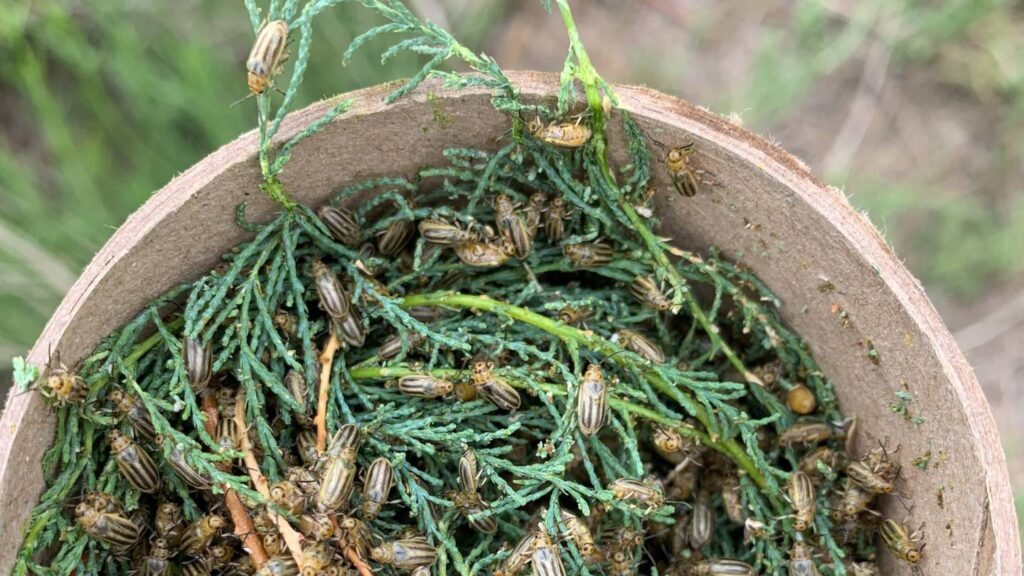
Tamarisk and Tamarisk Beetles
The tamarisk is phenomenal at shouldering native species out of their preferred habitats. It is so good at holding onto a patch of ground, in fact, that tamarisk trees actually change the flow of rivers, keeping them within their banks with deep roots and their ability to resist the erosive nature of water. Without any natural predators in North America for over a century, they were able to spread unchecked. Finding biological allies that could help control the species became an important question for biologists looking to get a handle on the invasive plant.
A little green beetle turned out to be the answer.
The introduction of the tamarisk beetle, a species endemic to the tamarisk’s native range in Central Asia, has proven a stunning success since its first release in Nevada and Utah in 2001, followed by larger releases across the West in 2005. The beetle works by defoliating tamarisks, eating new growth again and again until the tree gives up and dies. With no new leaves to eat, the beetles move on to another tamarisk and start again.
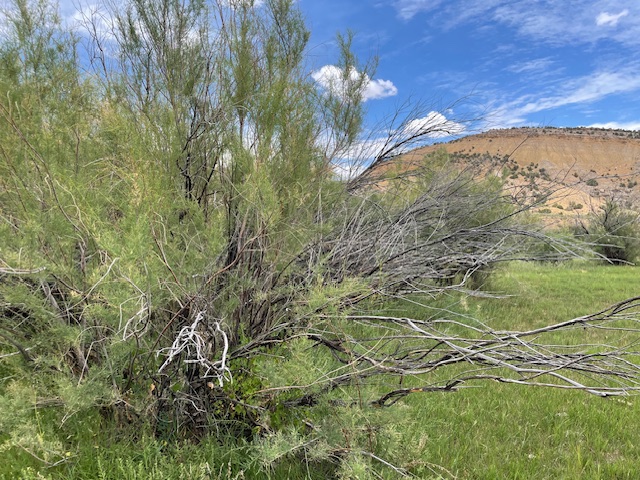
“Tamarisk biomass declines after beetles defoliate them and some of the plants die,” said Dan Bean, the director of Colorado’s Palisade Insectary. “There’s 30-40% mortality [from the beetles].”
Bean has a PhD in insect physiology and studied crop pests. The tamarisk is not a crop per se, but his experience with the relationship between insect and plant suited the tamarisk beetle/tamarisk question. Tamarisks are remarkably good at producing offspring, with each mature plant producing millions of seeds each year. The beetles’ efforts make it so the plant struggles to flower and thus reproduce.
“If you can knock that back you can prevent them from being as invasive,” Bean said.
“There’s a 30-40% mortality [for tamarisk, from the beetles].” — Dan Bean, Palisade Insectary
The beetles alone won’t eliminate tamarisk completely. But after 20-plus years of the beetles chomping away, an ecological equilibrium is close to being reached. To permanently uproot the tamarisk invasion, more work has to be done by landowners and land stewards.
How Landowners Are Working With Beetles
Deirdre Macnab is a first-generation rancher and conservationist whose 4M Ranch is located just outside of Meeker, CO. The 4M Ranch is Audubon certified, which means Macnab utilizes regenerative best practices such as eliminating fertilizer, using managed grazing, rotating hay production and leaving some part of the ranch for wildlife. The ranch has a lot of invasive species, including leafy spurge, Russian olive and tamarisk. A few years ago, Macnab started releasing tamarisk beetles on her property to deal with the invasive species and has seen a significant die back in the plants.
“This is the smartest, most profitable way to proceed,” Macnab said. “We started off by cutting and chemically treating the stumps, but I quickly realized if we were going to get our deeded pasturelands back from those water sucking tamarisks, we were going to have to figure out a smarter way … and the smarter, more profitable way is to get beetles.”
It costs $20 for 10,000 beetles at the Palisade Insectary, and Macnab has made multiple purchases over the past several years. She noted that while beetles work “like beavers” it is critical to pair beetles with managed grazing practices.
“It’s extremely effective when paired with managed grazing … if you leave vegetative cover and rest the land, it’s hard for invasives to get back in,” she said.
“I quickly realized if we were going to get our deeded pasturelands back from those water sucking tamarisks, we were going to have to figure out a smarter way … and the smarter, more profitable way is to get beetles.” — Deirdre Macnab, 4M Ranch, Colorado
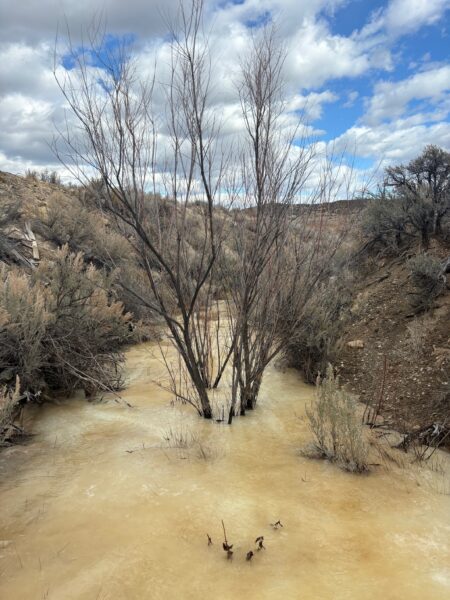
Downstream Effects
The beetle isn’t all positive vibes, however. Tim Graham, a retired entomologist and beetle expert, said that in the “co-evolutionary dance” of tamarisk and beetle, other species can become caught in the crossfire.
“Farther south in the Sonoran [Desert] … the southwestern willow flycatcher has suffered from the removal of willows … and had shifted to the dense foliage of the tamarisk,” Graham said.
The flycatcher is an endangered species, and although it lives in the desert it overheats easily. The dense foliage of riparian species like native willows and non-native tamarisks is where they need to nest to survive, and the arrival of the tamarisk and decline of riparian areas once dominated by willows has made their survival more complicated. Beetles defoliating the tamarisk reduced reproductive rates for the flycatcher, according to a 2018 study, but thankfully there is a clear solution; active restoration of native riparian habitat.
“It indicates the interconnectedness of these systems,” Graham said. “If you pull on this string over here it wiggles over there. No matter what you’re trying to control and how you try to do it, what you do is going to affect things you don’t realize that are connected.”


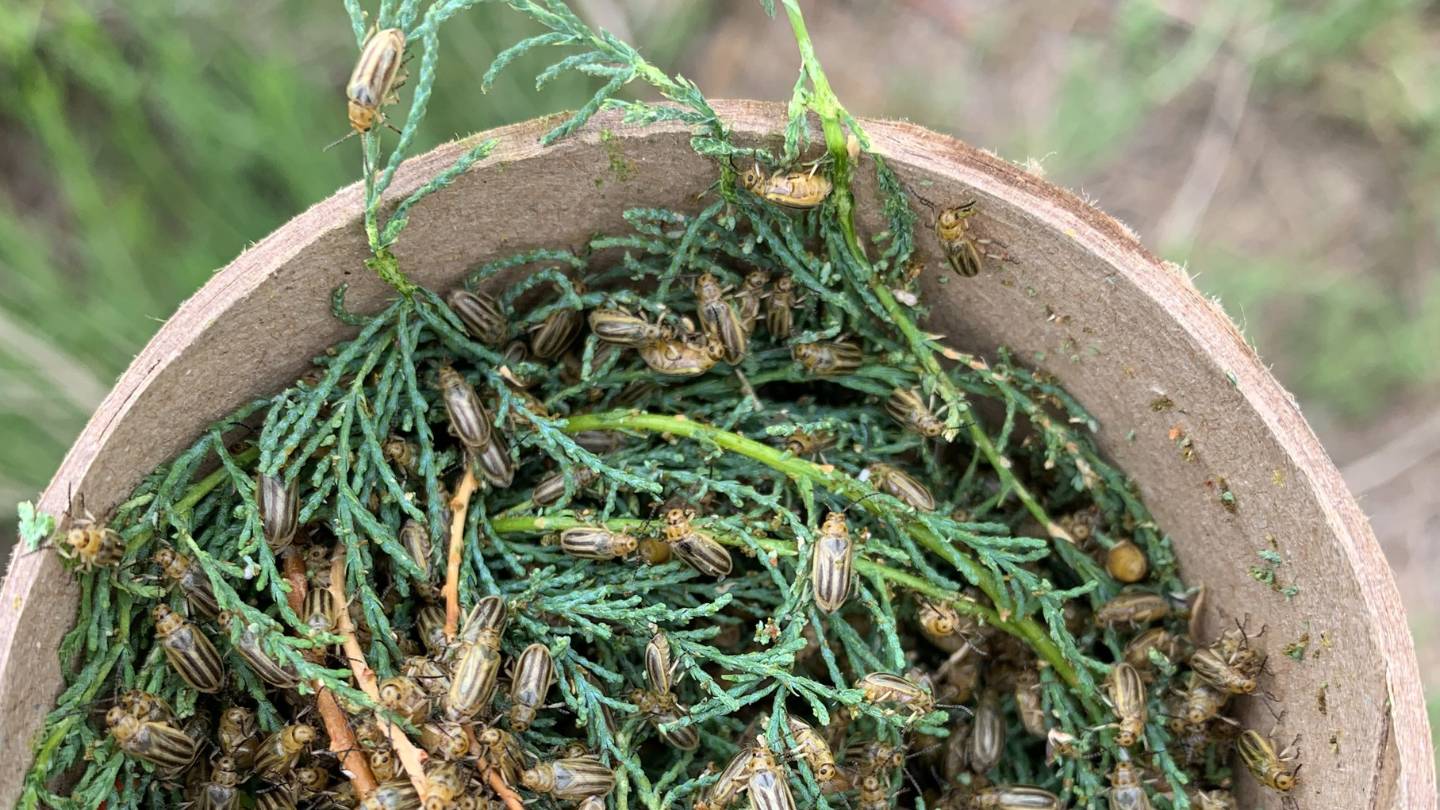
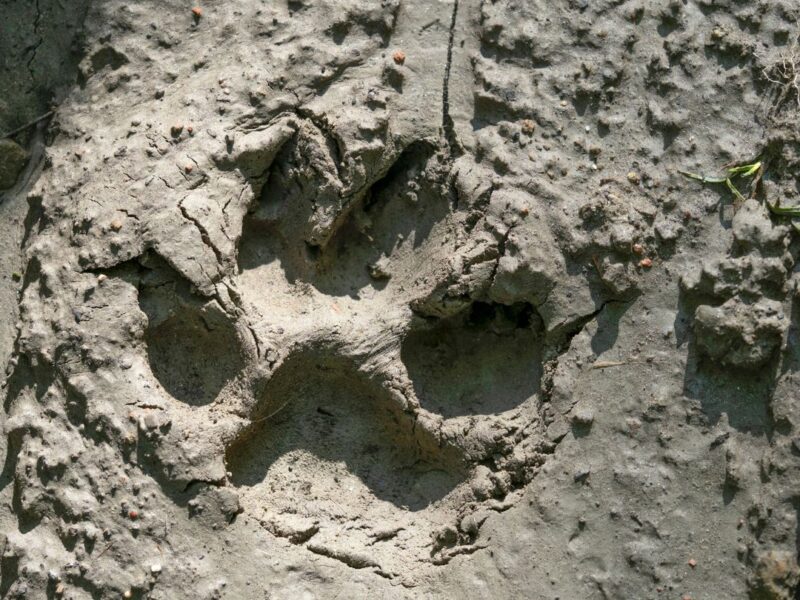
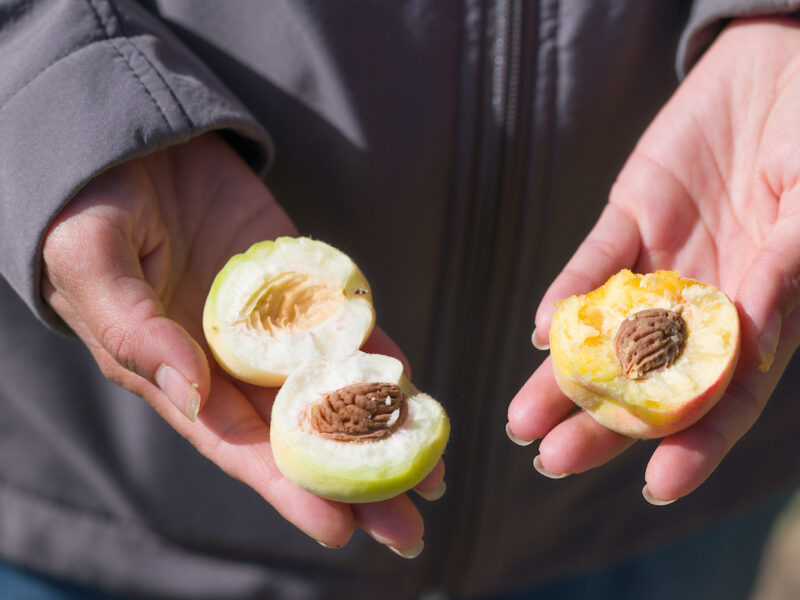

Gary Andrews
Excellent article, very enlightening, thanks.
Sharon
Thistle weevils have been very effective for Italian thistles in our area of California. Huge areas of grass used to be lost with the amount of thistle that used to be in pastures. They don’t seem to work on distaff thistle which seem much worse than most other thistles. I had one go to seed and have watched the area very carefully for several years. I don’t know how it got here as the closest I have seen it is over 10 miles away, but it is a real pasture destroyer. It looks a lot like Bull? thistle but has a yellow flower.